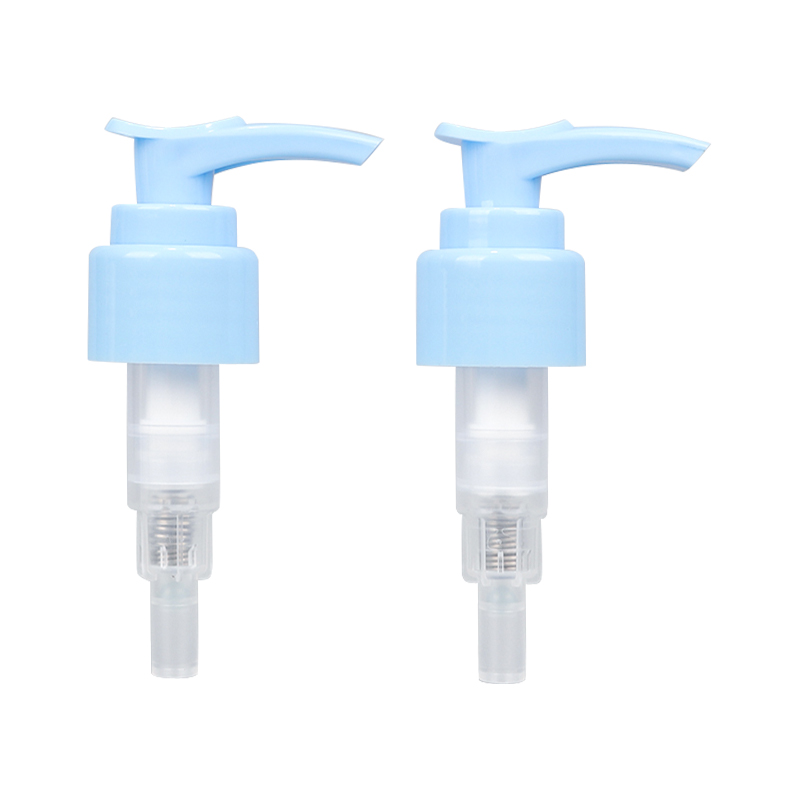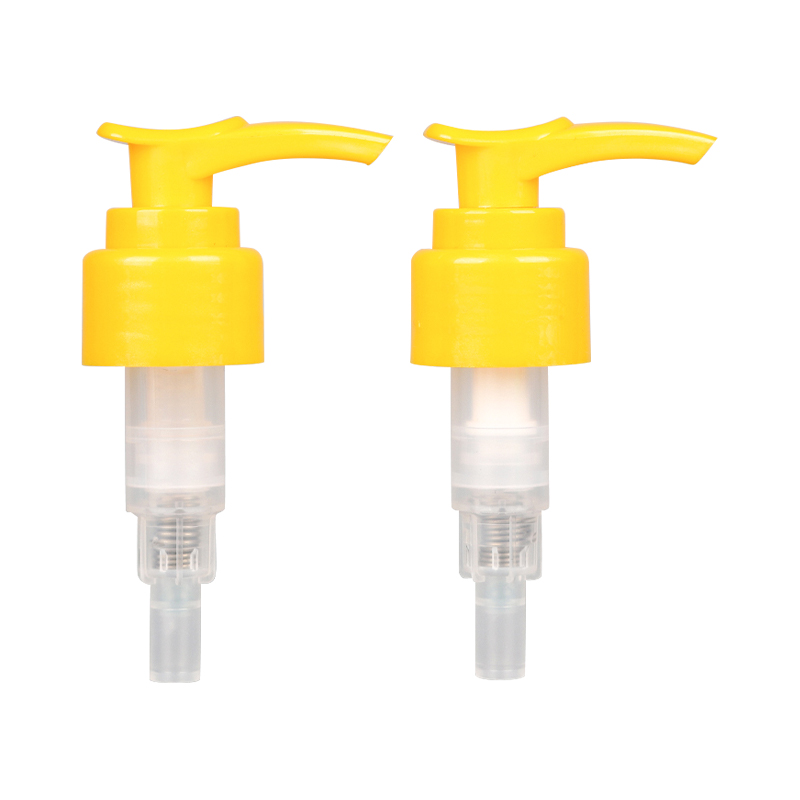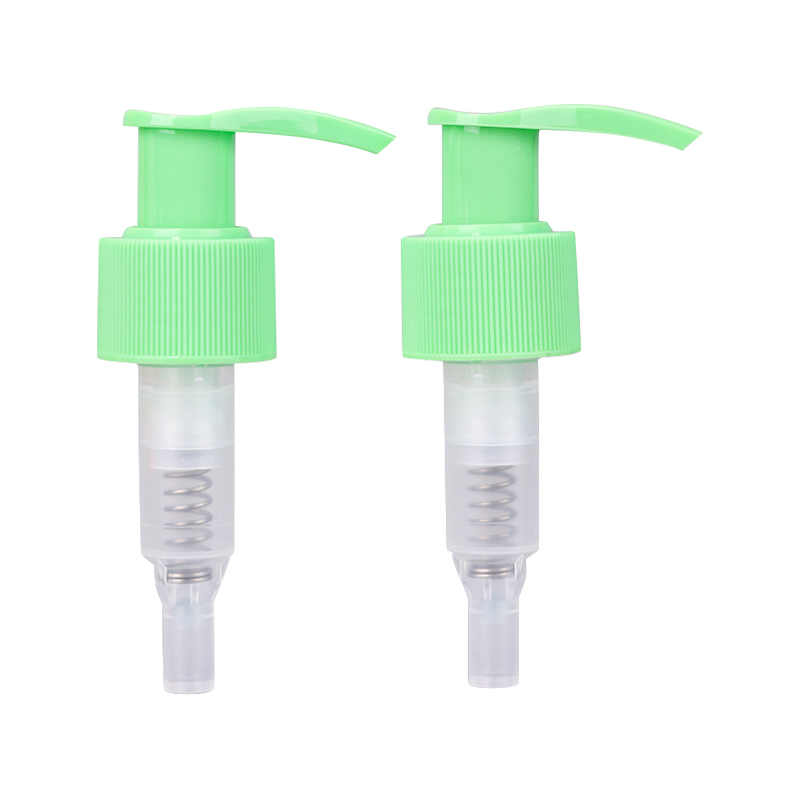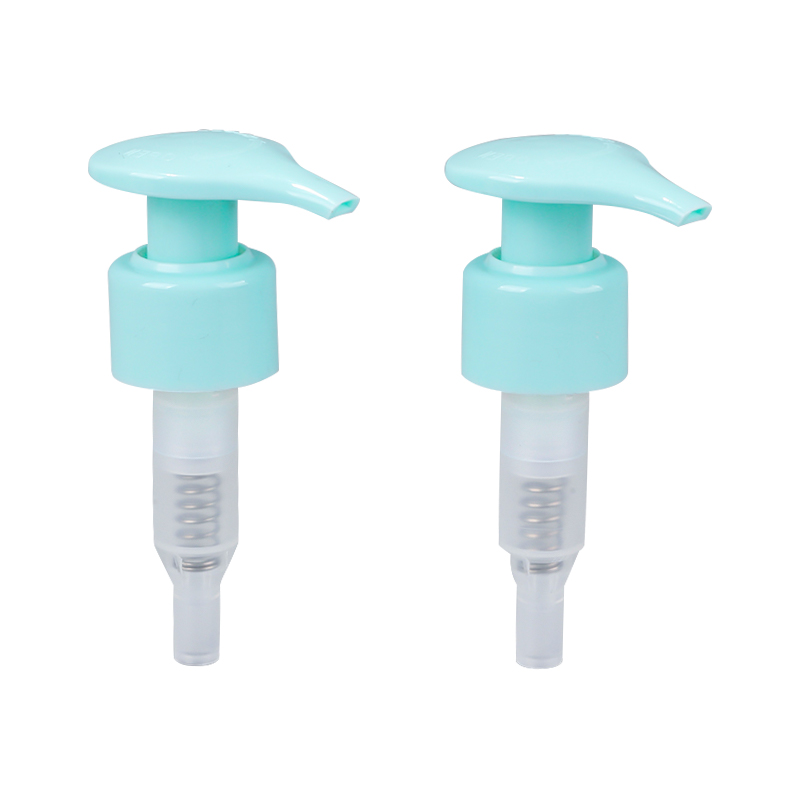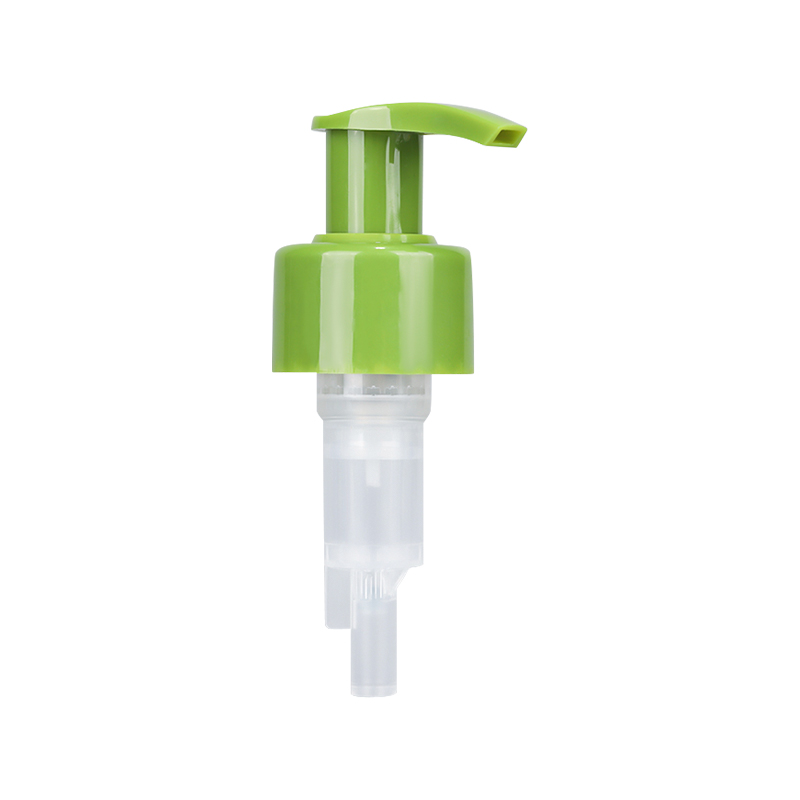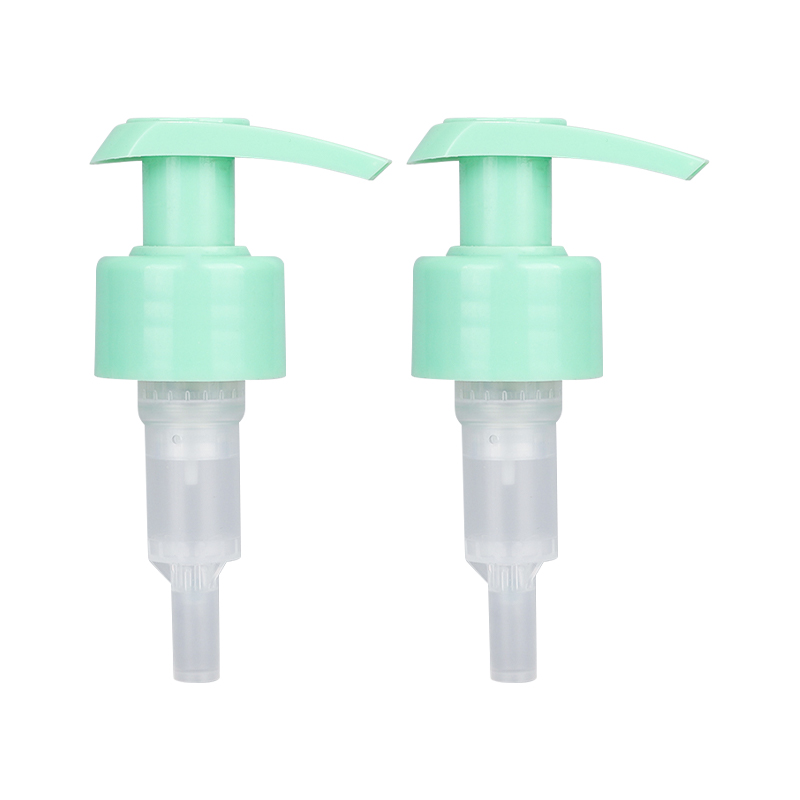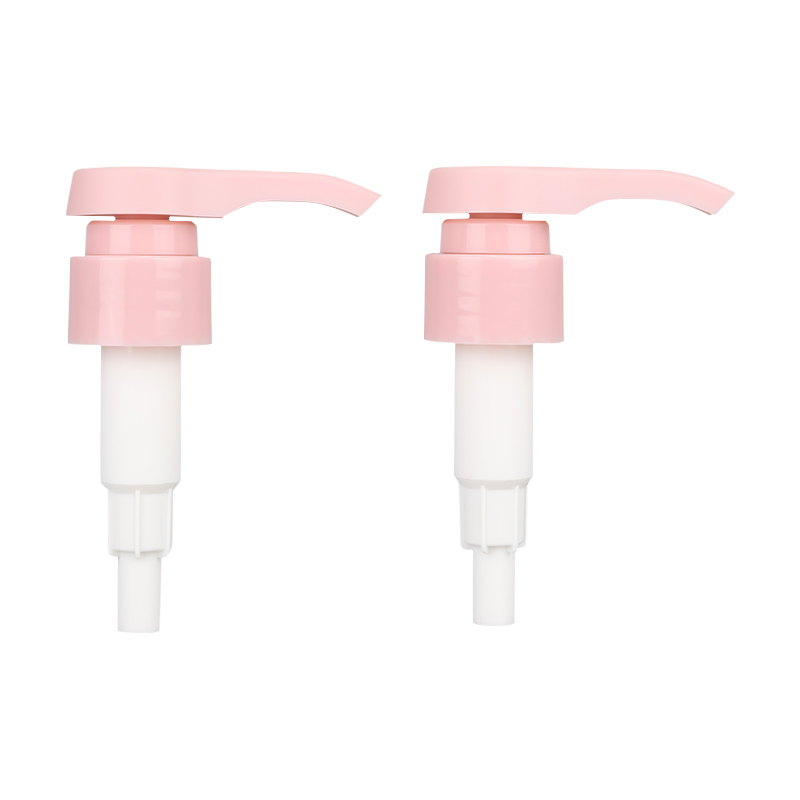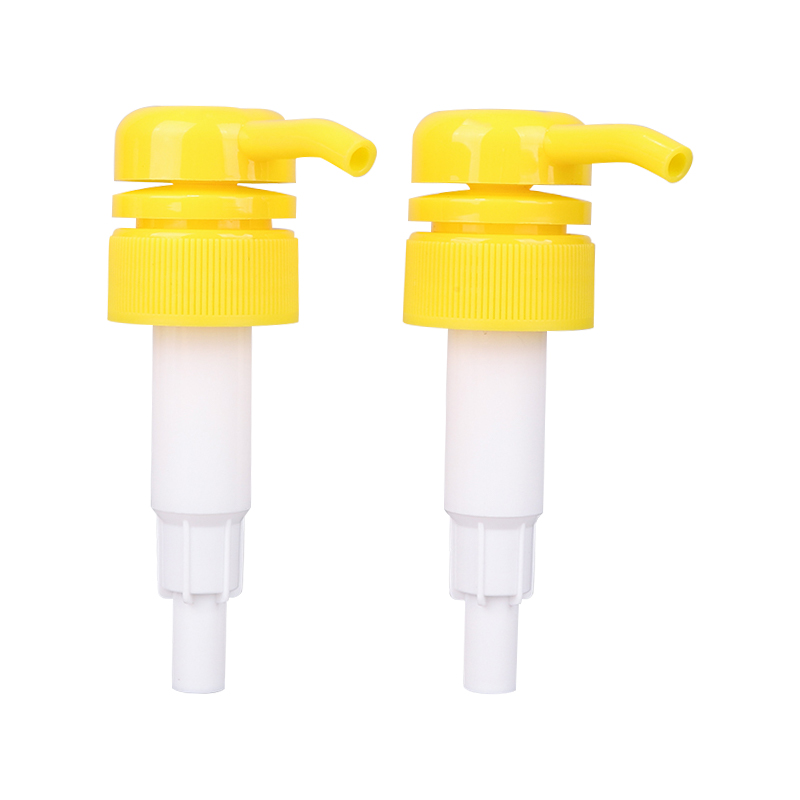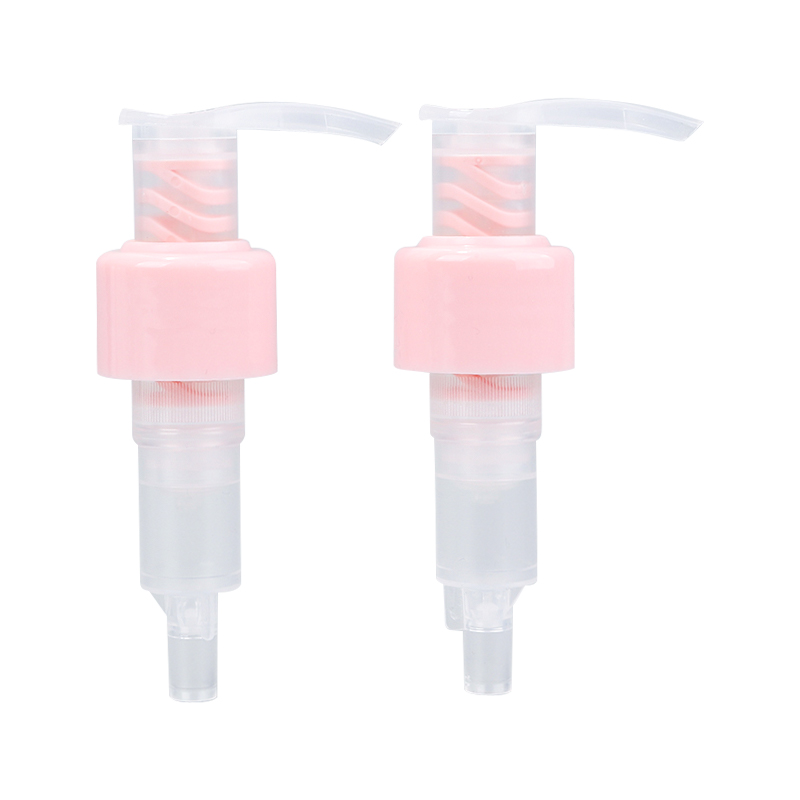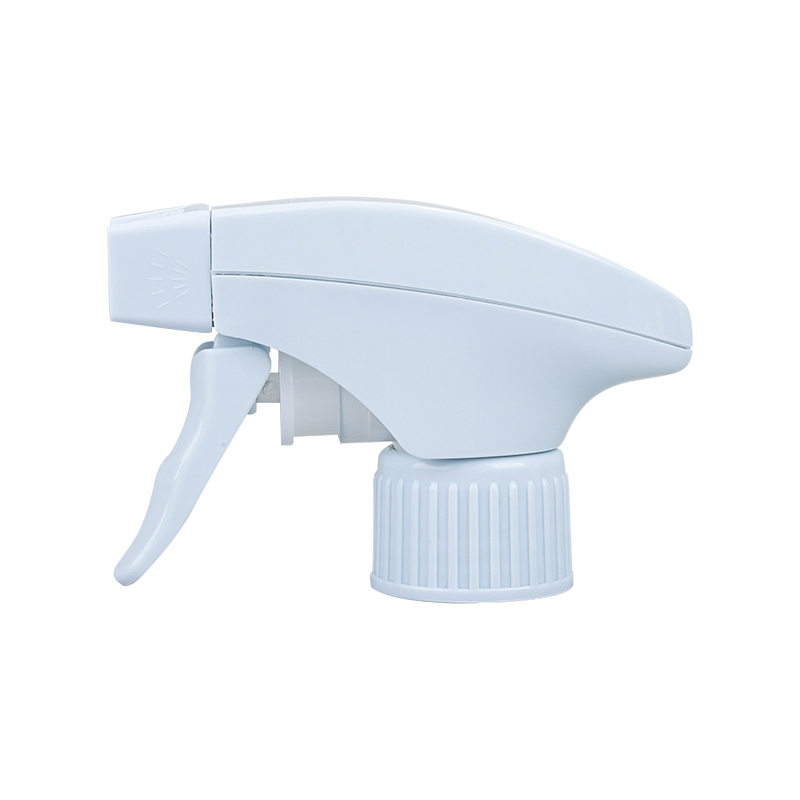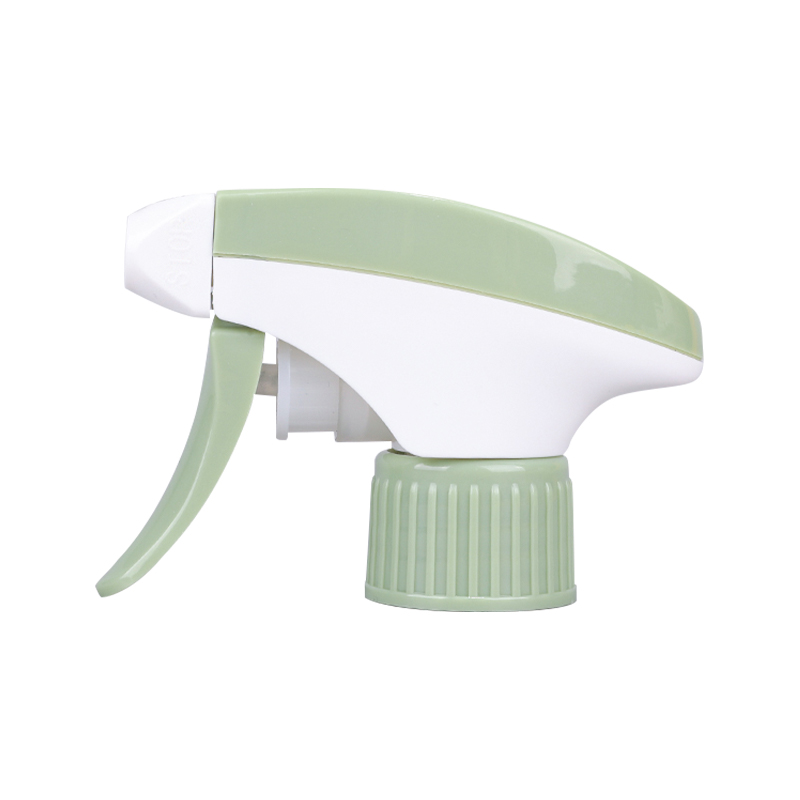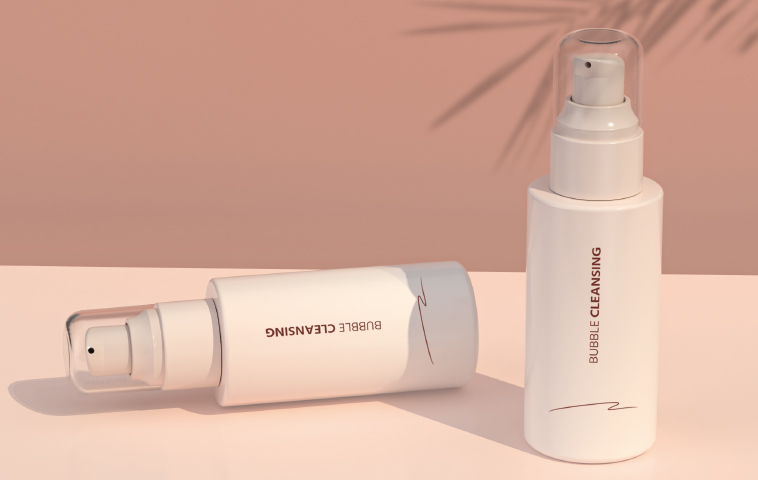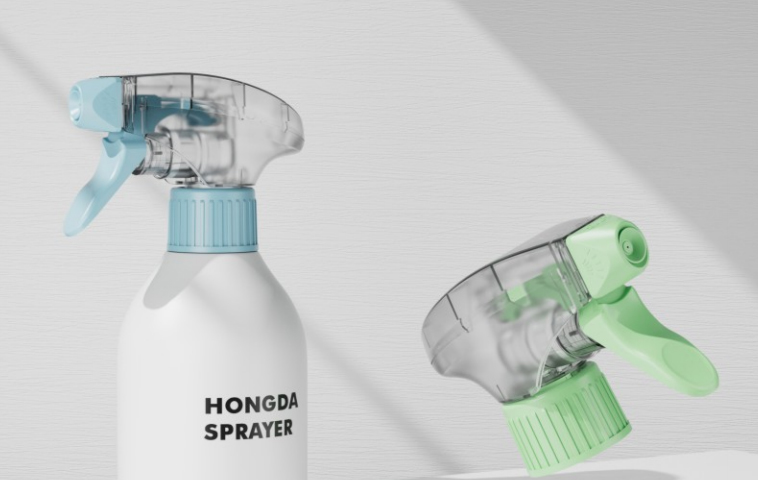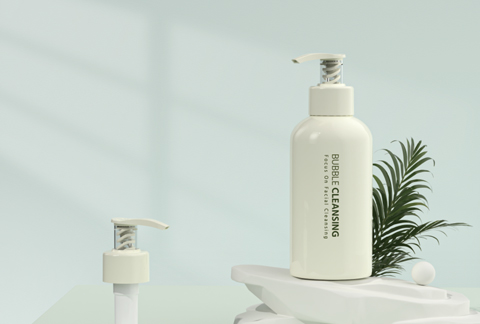The ability to produce a fine mist is at the heart of Nasal Mist Sprayer’s effectiveness. This fine mist consists of micro-droplets that are designed to disperse uniformly across the entire nasal cavity. When the mist is delivered, it is distributed evenly over both the nasal mucosa (the inner lining of the nose) and deeper structures such as the sinus cavities. The fine nature of the mist is particularly beneficial for individuals suffering from severe congestion, as it can penetrate obstructed nasal passages, including the turbinates and nasal septum, where the blockage often occurs. Traditional nasal sprays, which release a stream or jet of liquid, may struggle to reach the deeper recesses of the nasal passages, particularly when they are inflamed or congested.
The well-designed Nasal Mist Sprayer aims to provide complete coverage of the nasal cavity, including the outer nostrils and the deeper, more difficult-to-reach areas such as the nasopharynx (the back of the throat) and the sinus cavities. The mist is specifically engineered to ensure that the spray pattern envelops the entire nasal passage, ensuring that no area is left untreated. The spray angle and nozzle design of many sprayers are optimized to deliver the mist at the ideal angle to cover both the anterior (front) and posterior (back) regions of the nasal cavity, where congestion or dryness is often most problematic. For users with dry nasal passages, the mist’s ability to coat and hydrate the entire surface area, from the outer nostrils to deeper sinuses, is essential in restoring moisture balance and preventing irritation or discomfort.
The pressure at which the mist is delivered is another important feature that ensures the effectiveness of a Nasal Mist Sprayer. The mist needs to be delivered at a controlled, consistent pressure that is gentle enough to avoid discomfort but strong enough to reach all areas of the nasal passages. Low-pressure misting ensures that the nasal lining is not irritated, making it a comfortable option for users with sensitive nasal mucosa or those who frequently experience congestion due to allergies, colds, or environmental factors. The flow rate of the mist is calibrated to ensure that each spray delivers the right amount of moisture without overwhelming the user or creating a mess. For individuals with severe nasal dryness, a gentle flow rate is ideal, as it allows for uniform hydration and helps to prevent the delicate lining from becoming further irritated by excessive pressure or force.
One of the primary benefits of the fine mist is its ability to hydrate the nasal mucosa. The mist acts as a gentle yet effective moisturizer, replenishing the moisture in the nasal passages that can be lost due to dry environments, seasonal allergies, or respiratory infections. Dehydrated nasal tissues are more prone to irritation, bleeding, and discomfort, which can be alleviated with the consistent application of moisture. The mist is designed to provide even hydration throughout the entire nasal cavity, including the sinuses, which are difficult to reach with other methods. This hydration is particularly crucial for dry nasal passages, which often result from exposure to dry air, allergens, or air conditioning. By restoring moisture, the mist helps prevent discomfort, nosebleeds, and nasal irritation, and it can also enhance the effectiveness of other nasal treatments by creating a more hospitable environment for absorption.
The key advantage of the Nasal Mist Sprayer is its ability to deliver mist to the deep recesses of the nasal passages, such as the nasopharynx and the sinus cavities. These areas can be especially challenging to reach with traditional nasal sprays, particularly when there is severe congestion or mucus buildup. The mist delivery mechanism allows the medication or saline solution to penetrate deeper into the nasal passages, providing relief to areas where congestion often leads to sinus pressure and discomfort. For users suffering from sinusitis, the mist helps to moisturize and loosen thickened mucus, which can aid in clearance and improve nasal airflow.

 English
English русский
русский Français
Français Español
Español italiano
italiano